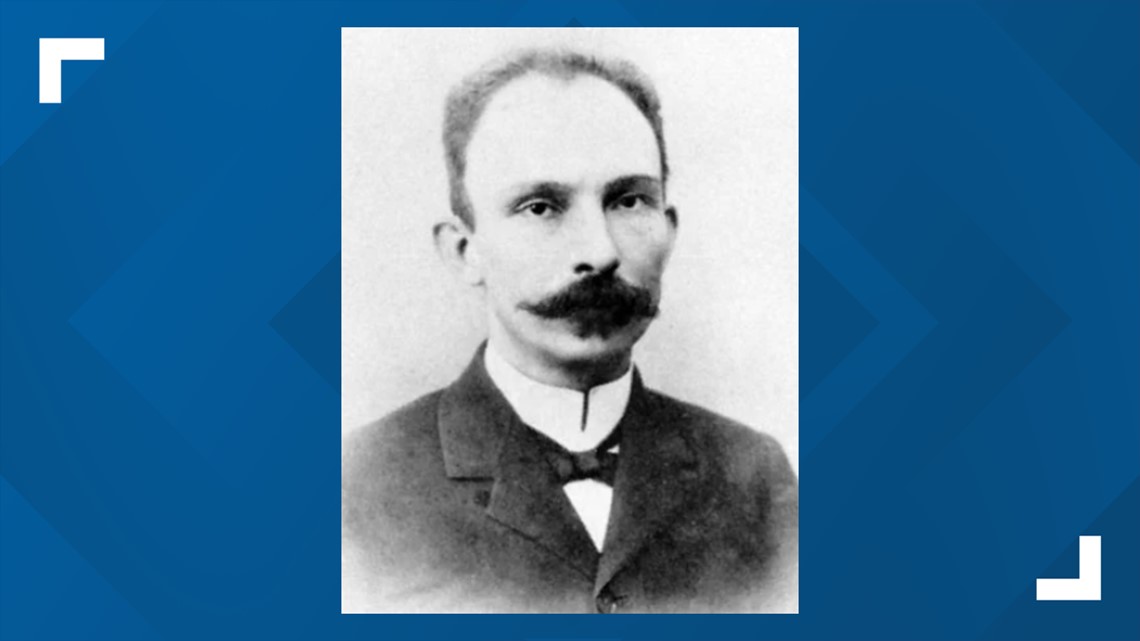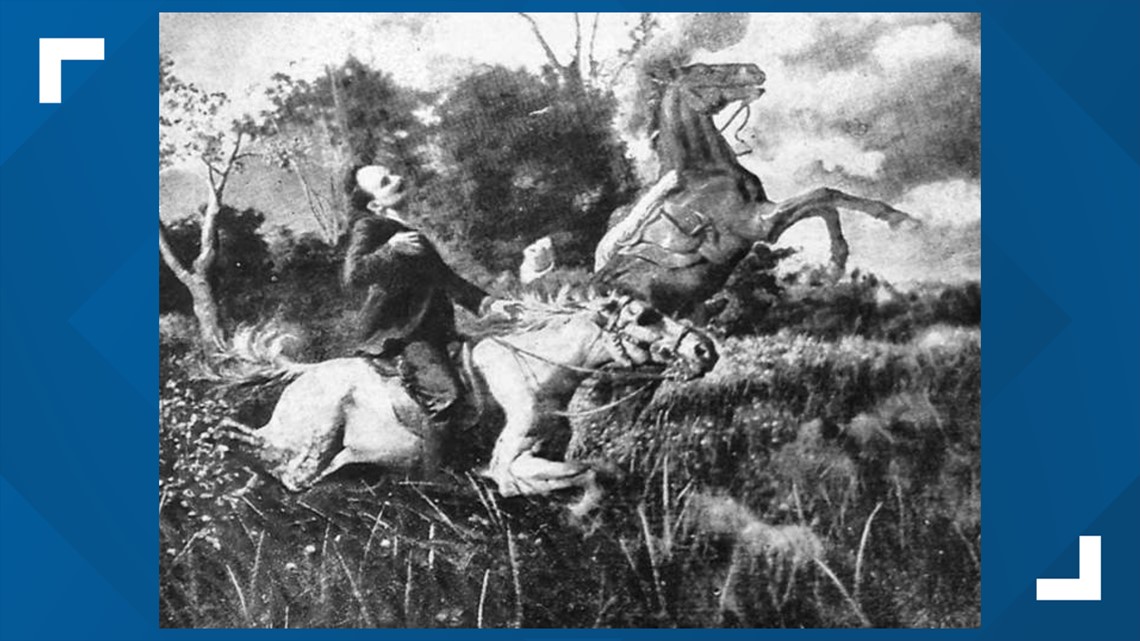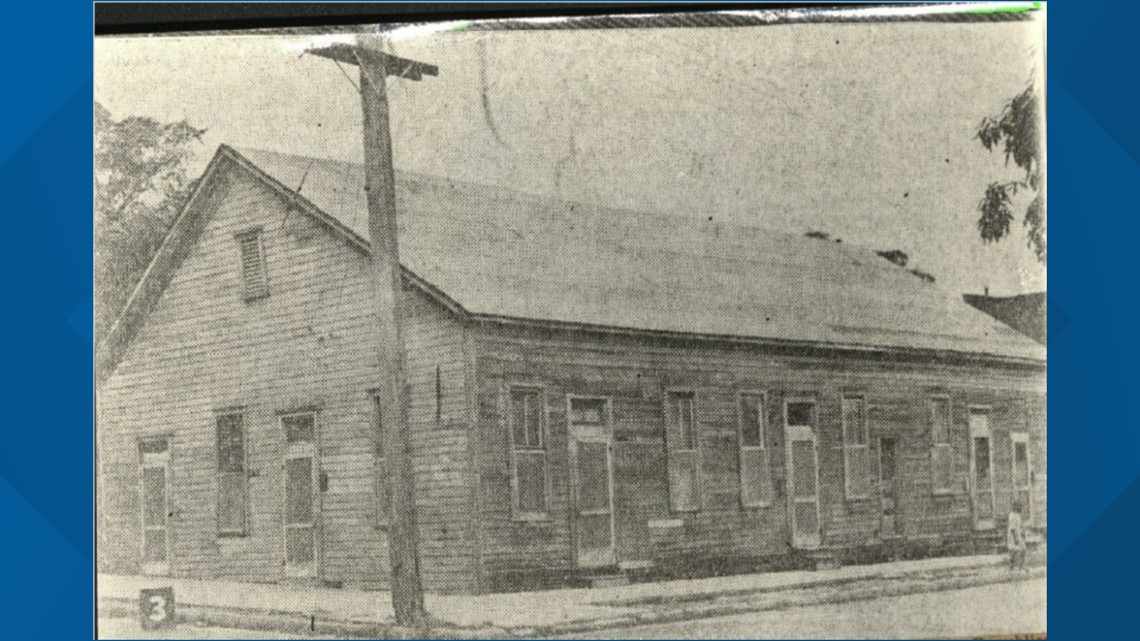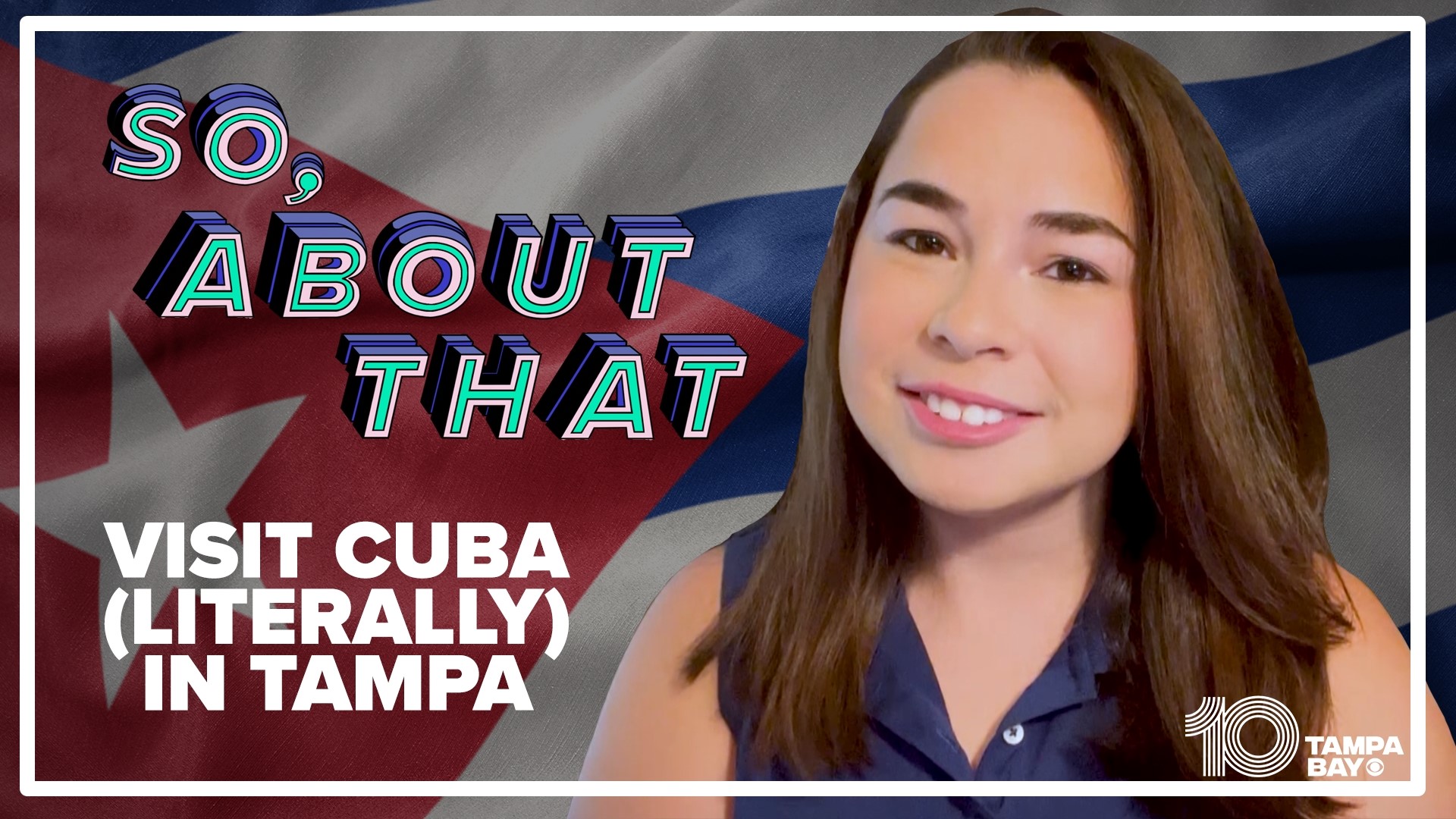TAMPA, Fla. — The tip of Florida is about as close as you can get to Cuba without leaving the U.S. Or is it? What if you could go to Cuba without a passport? Or without ever leaving Tampa?
On the corner of East 8th Avenue and North 13th Street in Historic Ybor sits a tiny park. You might even miss it if you’re not looking close enough.
It's Parque Amigos de Jose Marti, or in English, Friends of Jose Marti Park. The park is fenced off, with gates that only open for a few hours during the week. But step through those gates and you’re technically standing in another country: Cuba.
Plaques with the names of each Cuban province sit on the ground, the soil comes from those areas, too. Roosters and chickens even call the park home.
A statue of Jose Julian Marti y Perez sits as a centerpiece in the middle of the park. But, who was he?
Let’s take a trip back to the late 1800s. To set the scene, the U.S. was on its way to fulfilling manifest destiny, and part of that included an effort to buy Cuba.
At the time, Cuba was under Spanish rule. However, the Cubans didn’t want this. The people were overly taxed, there was major corruption amongst Spanish leaders, and slavery was a prominent issue. The gruesome 10 Years’ War broke out in 1868 and more than 200,000 Cuban lives were lost.
In a failed attempt to gain independence, rebels agreed to stop fighting as long as there would be reform. But, many of those reforms never even happened.
In comes Jose Marti. A poet, journalist, and strong political activist, Marti wrote all kinds of poetry, essays, and articles all in support of a free Cuba. He admired the U.S. constitution, applauding the idea of freedom of speech. At the same time, he spoke out against imperialism.


He wasn’t just a writer, however. While he spent much of his time in exile outside of Cuba, he was planning a second attempt at freedom. In 1892, he founded the Cuban Revolutionary Party.
Just three years later, he returned to Cuba, ready to fight for his country’s independence from Spain. However, only a few weeks after arriving, he was killed in battle. While it was a huge loss for the Revolutionary Party, he lit a fire for the rebels. They pushed forward and continued fighting for several more years until the U.S. intervened in what was the Spanish-American War.


In a short-lived war, Spain left Cuba in 1898, and the island became the Republic of Cuba in 1902, along with guaranteed protection from the United States.
Today, Jose Marti is considered the Apostle of Cuban Independence for sparking that second chance and hope of becoming a free country. In Ybor specifically, he delivered passionate speeches to Cuban cigar workers, empowering them to support the fight for independence back home.
Paulina Pedroso once owned the land the park now sits on. Pedroso was a friend of Marti and a female leader of the Cuban Revolution. The land was previously Pedroso’s boarding house. Marti stayed here frequently and Pedroso even helped him recover from an assassination attempt in 1892.


In 1956, the land was donated to Cuba, three years before the Cuban Revolution and the rise of Fidel Castro.
Despite the tension between Cuba and the U.S., that land remained the only Cuban property in the U.S. for decades until 2015 when the Cuban embassy was opened in Washington, D.C.
Today, the park still belongs to Cuba and the city of Tampa maintains it. It’s managed by Tampa’s Cuban-American community. It’s a constant reminder of Cuba’s tenacity for freedom and the Ybor community who helped the country get there.
Next time you’re in Ybor, take a trip to Cuba. Not only are you stepping into another country but you’re stepping into another time, one where everything was put on the line for freedom.

